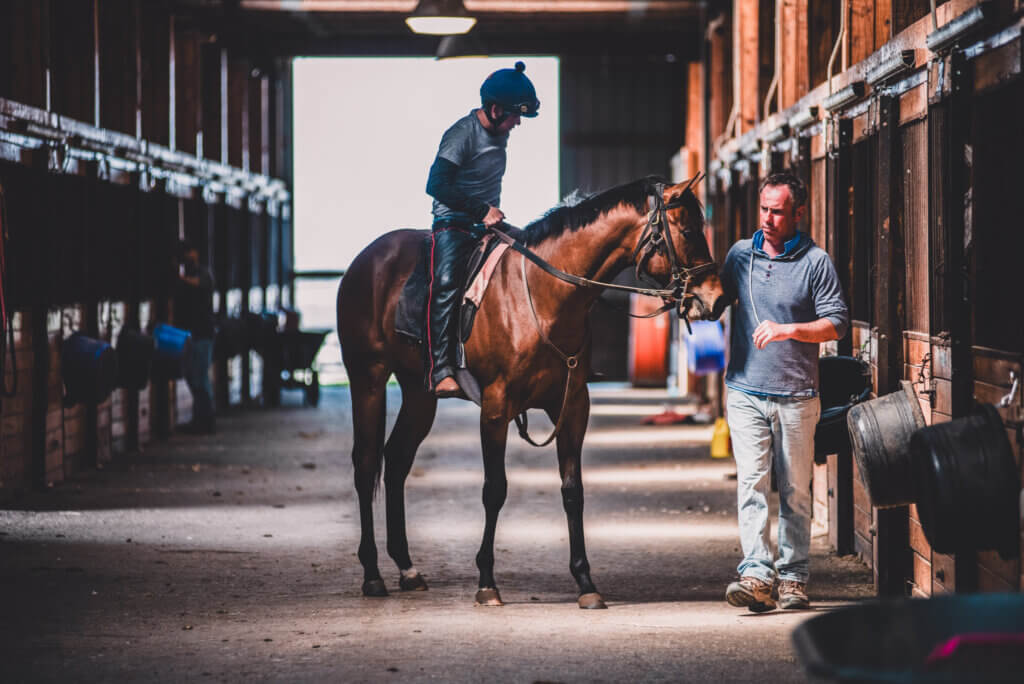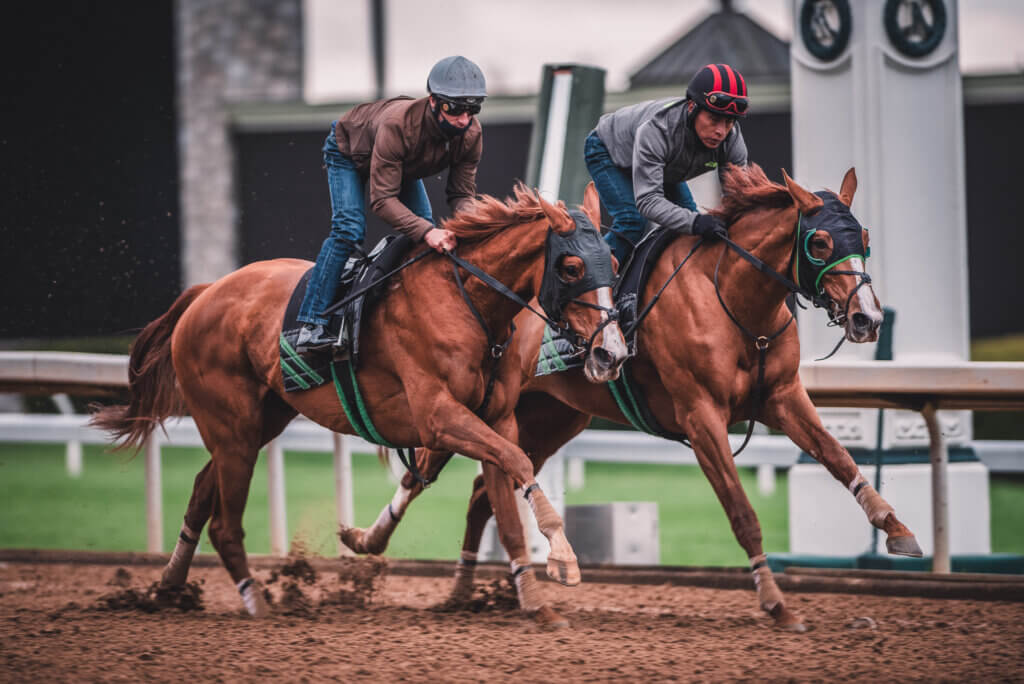With No Main Track Musculoskeletal Racing Fatalities in ’22, Santa Anita Continues to Make Strides on Safety, Bill Finley, Thoroughbred Daily News, 2023. Read full article.
SUMMARY
The article discusses the significant progress made by Santa Anita in improving safety measures within the horse racing industry, particularly in reducing musculoskeletal racing fatalities. Following a period of heightened concern due to a spike in horse fatalities, Santa Anita’s management implemented comprehensive reforms aimed at enhancing safety protocols across the board. These efforts have yielded tangible results, with Santa Anita completing the entirety of 2022 without a single fatal musculoskeletal injury during dirt races, marking a substantial improvement from previous years.
Delving into the context of the reforms, the article recounts the challenging period between 2018 and 2019 when Santa Anita faced public scrutiny and pressure from animal rights groups due to a high number of horse fatalities. The track experienced a total of 30 deaths during one meet, prompting urgent action from management to address the crisis. Recognizing the imperative for change, Santa Anita’s management undertook a thorough reassessment of their operations, placing a renewed emphasis on safety as the cornerstone of the sport.
Key initiatives implemented by Santa Anita included stringent veterinary inspections before races and workouts, ensuring that horses underwent comprehensive evaluations to identify any potential health issues. Additionally, management invested in track maintenance, hiring experienced professionals to oversee track conditions and taking proactive measures such as canceling races during adverse weather conditions. Furthermore, there was a crackdown on the use of medications that could mask underlying health problems in horses, emphasizing the need for transparency and accountability in medication use.
The results of these initiatives have been promising, with a significant reduction in horse fatalities at Santa Anita compared to previous years. While challenges remain, including the need for continuous improvement and vigilance, the strides made by Santa Anita serve as a model for the broader horse racing industry. By prioritizing safety measures, fostering a culture of accountability, and implementing proactive strategies, tracks across the USA can work towards creating a safer environment for horses and riders, safeguarding the future of the sport.
RECOMMENDATIONS
Important lessons and takeaways for the thoroughbred community from this study include:
Enhanced Veterinary Oversight: Implement rigorous veterinary inspection protocols before workouts and races, ensuring that horses undergo thorough examinations to detect any potential health issues. Continuous monitoring by trained veterinarians can help prevent injuries and fatalities on the track.
Emphasize Safety Culture: Foster a culture of safety and accountability among all stakeholders, including trainers, owners, and track management. Prioritize safety in every aspect of operations and encourage open communication and collaboration to address concerns and implement effective safety measures.
Invest in Track Maintenance: Allocate resources to maintain track surfaces at optimal conditions and hire experienced professionals to oversee track maintenance. Regular monitoring and proactive measures, such as canceling races during inclement weather, can mitigate risks associated with track conditions.
Regulate Medication Use: Enforce strict regulations on medication use, particularly pain-blocking medications that can mask underlying health issues in horses. Implement policies to ensure that horses are not competing under the influence of substances that could compromise their well-being.
Continuous Improvement: Commit to ongoing evaluation and improvement of safety protocols based on data analysis and feedback from industry experts. Continuously monitor injury rates and track performance to identify areas for further enhancement and maintain a proactive approach to safety management.
By prioritizing safety initiatives and implementing proactive measures, the USA horse racing industry can build upon the progress made by Santa Anita and other tracks to create a safer environment for horses and riders alike.



